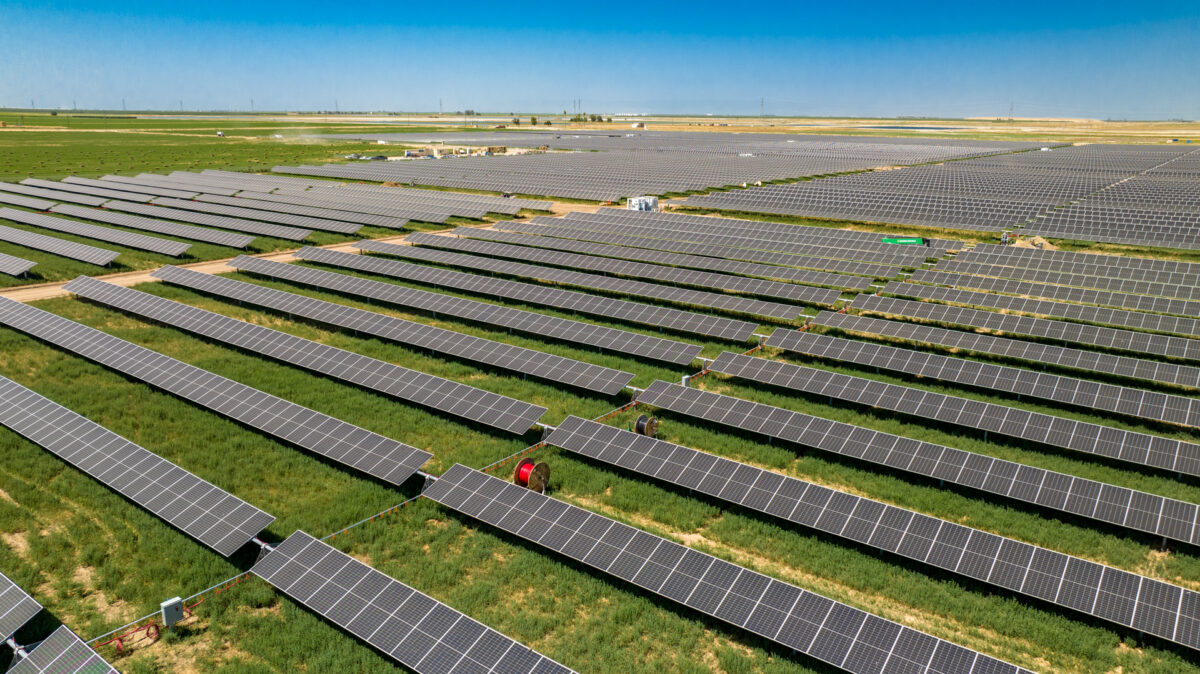With solar jumping from 2,609 GWh to 48,950 GWh in the past decade, and coal nearly completely phased out, data from the California Energy Commission shows that the state is on the path to achieving its goal of being carbon neutral by 2045.
Senate Bill 100, which was passed in 2018, requires 100% of California’s electric retail sales be supplied by renewable and zero-carbon energy sources by 2045. Last year Governor Gavin Newsom signed SB 1020, establishing interim targets of 90% clean electricity by 2035 and 95% by 2040.
According to the state’s Total System Electric Generation report, renewables including solar and wind are on an upward trajectory, while fossils are losing share. In the past year, solar generation increased just over 24% from 39,458 GWh in 2021 to 48,950 GWh in 2022, an increase of 9,492 GWh.
The state monitors progress through its Renewable Portfolio Standard (RPS), which tracks the power mix of retail sales. The latest data show that in 2021 more than 37% of the state’s electricity came from RPS-eligible sources such as solar and wind, an increase of 2.7% over the prior year. Combined with other carbon-free sources, such as large hydroelectric generation and nuclear, California receives nearly 59% of its retail electricity sales came from non-fossil fuel sources.
California energy mix:
- Coal 2.15%
- Natural gas 36.38%
- Solar 17.04%
- Wind 10.83%
In addition to total utility generation, rooftop solar increased 10 times, generating 24,309 GWh of clean power in 2022. This may change, however, with NEM 3.0, the recent highly controversial change to the state’s net metering policy. ROTH Capital Partners projected that residential solar demand may fall 30% in 2023, following the adoption of NEM 3.0 in California. NEM 3.0 moves from the current retail time-of-use based rates to a far lower rate based on the “avoided cost calculator”.
Adding energy storage to rooftop solar systems was once a costly undertaking, but under the new net metering rule, systems paired with batteries are expected to have the same payback period as standalone systems. As such, California’s solar installers will look to add battery energy storage to their offerings to remain competitive.
“This latest report card showing how solar energy boomed as natural gas powered electricity experienced a steady 20 percent decline over the last decade is encouraging,” said Siva Gunda, vice chair, California Energy Commission. “Even as climate impacts become increasingly severe, California remains committed to transitioning away from polluting fossil fuels and delivering on the promise to build a future power grid that is clean, reliable and affordable.”
As weather disasters increase in the state, such as unprecedented heatwaves and tropical storm Hilary, the California power grid is repeatedly challenged. In response, Governor Newsom signed legislation in 2022 to create the Strategic Reliability Reserve to try to shore up the grid in the event of emergencies. The reserve consists of demand response programs and other power resources that can be deployed in the event of an energy emergency.
Preparing for the clean grid of the future, the California Public Utilities Commission has ordered 18.8 GW of new clean resources to come on-line by 2028, and efforts are underway to increase deployment of long-duration energy storage and offshore wind energy projects.
This content is protected by copyright and may not be reused. If you want to cooperate with us and would like to reuse some of our content, please contact: editors@pv-magazine.com.









By submitting this form you agree to pv magazine using your data for the purposes of publishing your comment.
Your personal data will only be disclosed or otherwise transmitted to third parties for the purposes of spam filtering or if this is necessary for technical maintenance of the website. Any other transfer to third parties will not take place unless this is justified on the basis of applicable data protection regulations or if pv magazine is legally obliged to do so.
You may revoke this consent at any time with effect for the future, in which case your personal data will be deleted immediately. Otherwise, your data will be deleted if pv magazine has processed your request or the purpose of data storage is fulfilled.
Further information on data privacy can be found in our Data Protection Policy.